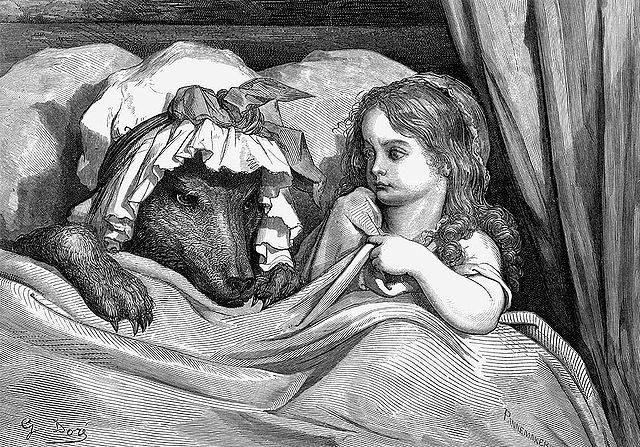- 4-minute read
- 12th October 2016
Punctuation Tips: How and When to Use Commas
Commas are such an everyday part of punctuation that, most of the time, we use them without thinking. We did exactly that when writing the previous sentence, for instance.

However, there are formal rules for how commas should be used. In academic writing, these can help you know when a comma is required, so try to keep them in mind while working.
The Rules for Commas
We can’t list every rule for comma use here, unfortunately, since there are too many to fit in just one blog post. Nevertheless, some of the most important are as follows.
1. Separating Independent Clauses Joined by a Conjunction
Independent clauses are statements that could work as a standalone sentence. If joining two of these with a coordinating conjunction (i.e. and, but, for, or, nor, so or yet), the conjunction should be preceded by a comma:
I use commas, but I avoid semicolons.
2. After Introductory Words, Clauses and Phrases
Use a comma when the main clause in a sentence is preceded by additional information:
Over the last century, comma butterfly numbers have decreased.

3. Parenthetical Commas
Commas can also be used to set off a clause that adds information, but which isn’t essential to a sentence:
Commas, although common in written English, are frequently misused.
4. Separating Items in a List
In a list of three or more things, items should be separated with commas. This isn’t always necessary before the final item, but adding an ‘Oxford comma’ can aid clarity:
Popular pets include dogs, cats, and hamsters.
5. Separating Coordinate Adjectives
Adjectives are coordinate when their order could be changed without altering the meaning of the sentence (e.g. ‘a charming, intelligent man’).
No comma is required when the adjectives preceding a noun aren’t coordinate, which means their order can’t be changed without it sounding strange (e.g. ‘a big bad wolf’).
Find this useful?
Subscribe to our newsletter and get writing tips from our editors straight to your inbox.
Try placing ‘and’ between adjectives to see if they are coordinate (e.g. ‘a charming and intelligent man’ is OK, but ‘a big and bad wolf’ would sound unusual).

6. Introducing Quoted Material
If quoted text follows from the rest of a sentence, use a comma to introduce it:
Jones writes, ‘Commas are troublesome punctuation marks.’
This is not necessary if the quote is preceded by ‘that’:
Jones writes that ‘[c]ommas are troublesome punctuation marks’.
7. Setting Apart a Contrast
When introducing a contrast at the end of a sentence, a comma precedes the new clause:
This sentence uses a comma, not a semicolon.
8. Direct Address Commas
When a sentence is addressed to someone, you can say who either before or after a comma:
Before: Billy, let’s go eat!
After: Let’s go eat, Billy!
This comma can be very important. For example, while ‘Let’s go eat, Billy!’ is an invitation for Billy to join you for dinner, ‘Let’s go eat Billy!’ would be an invitation to eat Billy.

Breaking the Rules
As with many ‘rules’ in English, these notes on comma use are actually just guidelines.
This is important, because adding too many commas to a sentence can make it tricky to read. Consequently, you should always consider the context when deciding whether or not to use a comma, since clarity is usually more important than sticking to the rules.